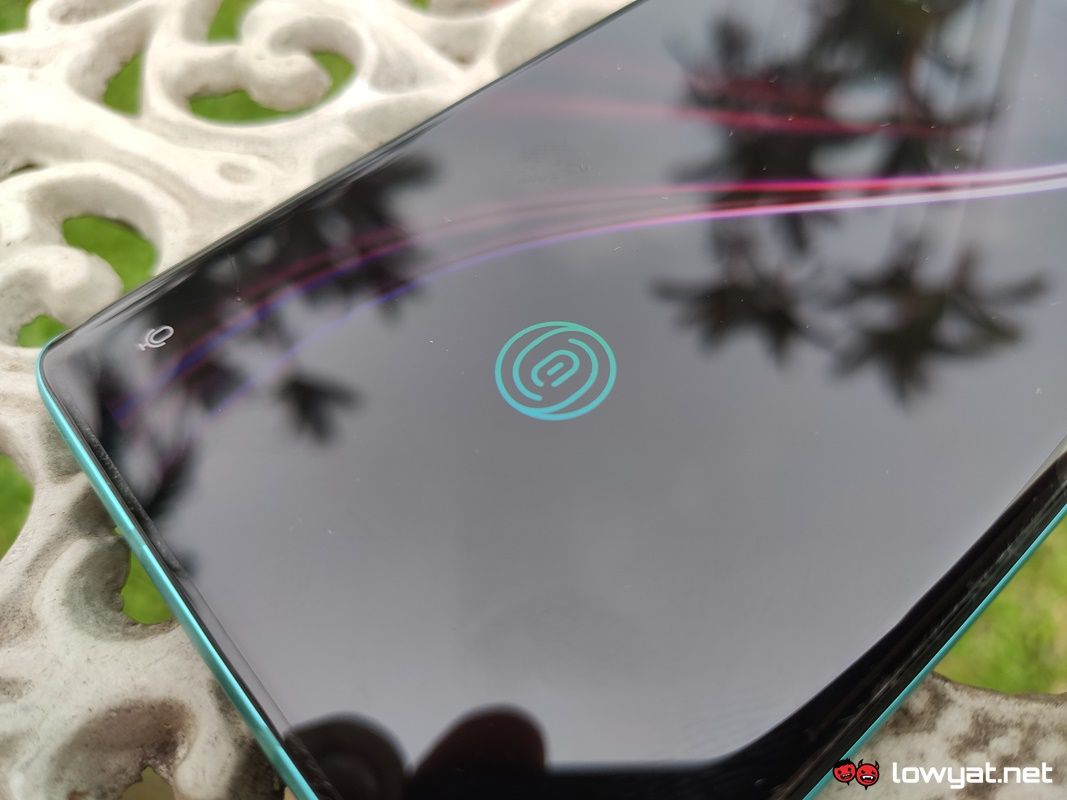As per its blog, the new 3D Sonic Sensor Gen2 is ultra-thin at 0.2mm and should enable smartphone brands to design new devices, presumably with thinner and slightly more unconventional form factors. Qualcomm says this may include full edge-to-edge flexible OLED displays.
In terms of performance, the 3D Sonic Sensor Gen 2 has a surface area that is 77% larger than its predecessor, which in turn allows a phone to capture 1.7x more biometric data. On top of that, the sensor will also process data 50% faster than the 1st generation, meaning that whatever phone that is fitted with the scanner is less likely to reject or fail to recognise a user’s fingerprints. Qualcomm says that its 3D Sonic Sensor Gen 2 will make its debut in mobile devices launching in early 2021, but did not specify which of its partner brands would be the first to feature the new technology in its phones. (Source: Qualcomm // Image: Qualcomm)
